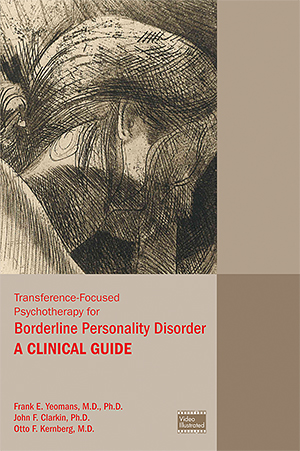Sections
Excerpt
The model of personality disorder and its treatment described in this book is based on contemporary psychoanalytic object relations theory as developed by Kernberg (1984, 1992) and amplified with current phenomenological and neurobiological research (Clarkin and De Panfilis 2013; Clarkin and Posner 2005; Depue and Lenzenweger 2001). A fundamental premise of a psychodynamic conceptualization and treatment of patients with personality disorders is that the observable behaviors and subjective disturbances of these patients reflect pathological features of underlying psychological structures and the way in which those structures enhance a satisfactory balance between the internal and external challenges that impinge on every individual. Consistent with this conceptualization, we first review the observable behaviors and symptoms of patients with borderline personality disorder (BPD). Following the review of the observable behaviors examined in the empirical literature, we then describe the nature of personality from an object relations point of view in terms of the underlying psychological structures that are hypothesized to guide the observable behaviors. Both the observable behaviors and the underlying structures inform our approach to a diagnostic nosology for personality pathology, assessment issues, and targets for therapeutic intervention.
Access content
To read the fulltext, please use one of the options below to sign in or purchase access.- Personal login
- Institutional Login
- Sign in via OpenAthens
- Register for access
-
Please login/register if you wish to pair your device and check access availability.
Not a subscriber?
PsychiatryOnline subscription options offer access to the DSM-5 library, books, journals, CME, and patient resources. This all-in-one virtual library provides psychiatrists and mental health professionals with key resources for diagnosis, treatment, research, and professional development.
Need more help? PsychiatryOnline Customer Service may be reached by emailing [email protected] or by calling 800-368-5777 (in the U.S.) or 703-907-7322 (outside the U.S.).



